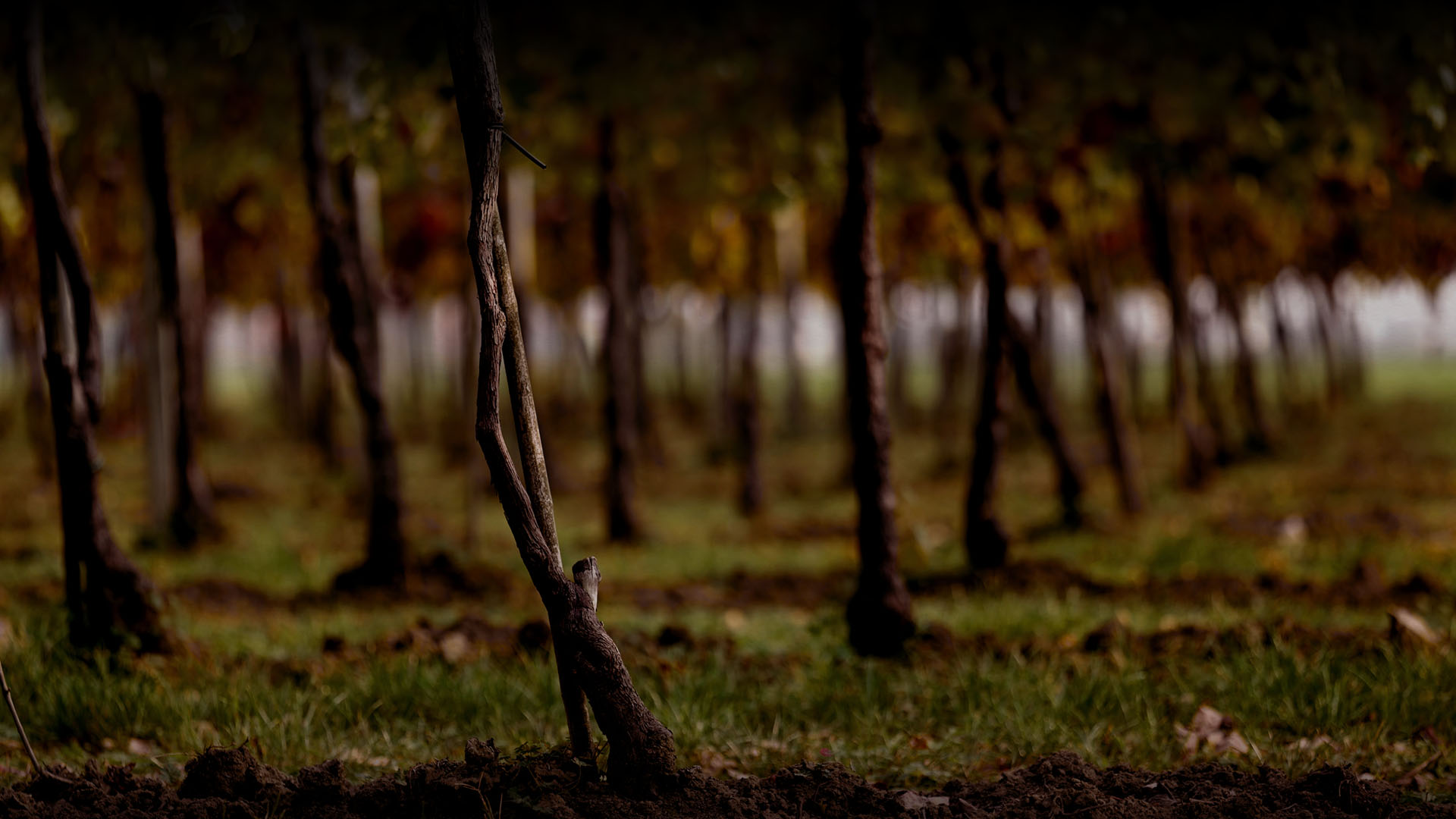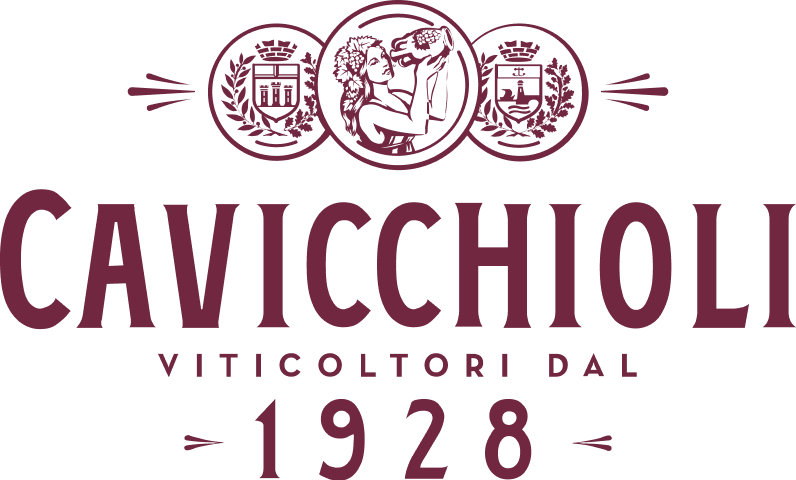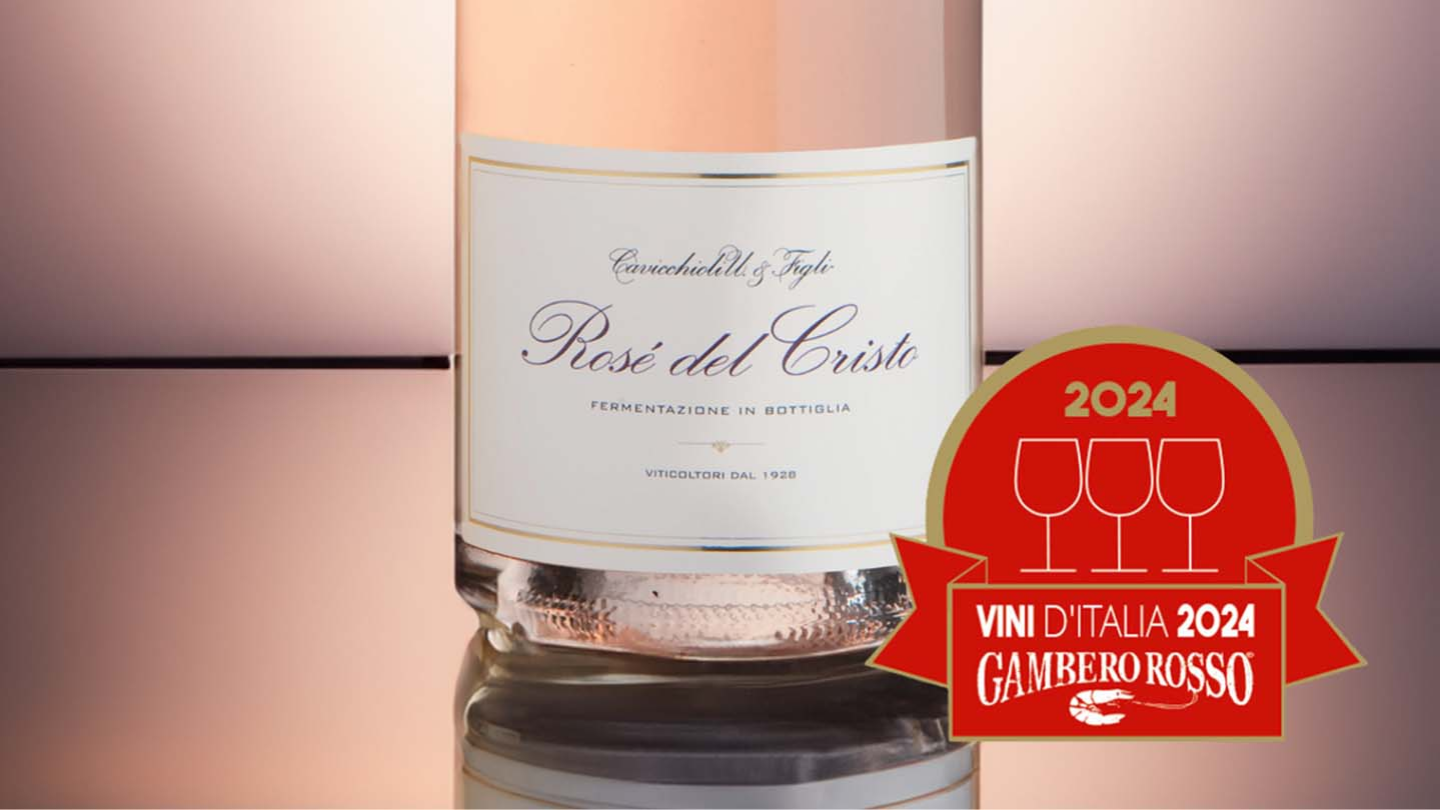Una filosofia semplice
Un’anima genuina, un carattere forte, uno sguardo rivolto al futuro.
Il Lambrusco Cavicchioli è il riflesso di una terra unica: l’Emilia.

FILOSOFIA
Dalle più antiche tradizioni emiliane
nasce un vino
dalle infinite evoluzioni.
Stile
Emiliano.
“Filosofia”. L’insieme dei principi, delle idee e delle convinzioni sulle quali le persone fondano la propria concezione di vita. Quella di Cantine Cavicchioli è semplice. Si può raccontare in poche parole che raccontano anche il nostro Lambrusco: vivacità, passione, impegno, orgoglio e attenzione alla tutela delle cose che valgono. Sono questi gli ingredienti della nostra ricetta, tutta emiliana. Perché è proprio in provincia di Modena, tra Sorbara e San Prospero, che i nostri grappoli d’uva si trasformano in vino.
Inconfondibile
Cavicchioli.
Un vino moderno ma dal carattere tradizionale e autentico. Raffinato ma esuberante. Leggero e adatto in molte occasioni, si sposa perfettamente con la cucina tradizionale, ma è anche sorprendente con la cucina di ricerca e internazionale. Talmente versatile che non si accontenta di essere solo rosso, ma, a seconda della varietà, assume diverse tonalità, dal più tenue al più scuro, dal cipria al rubino. Flessibile, agile e aperto alle sue infinite evoluzioni. Facile da amare grazie alle sue tante sfaccettature di freschezza e vivacità .
News



